In a MOSFET, the obvious cause of asymmetry is the fact that the source is tied to the body. But in a JFET, no such obvious answer exists, as the body, gate, and drain are all the same piece of silicon with no material differences between them (as far as I'm aware). And indeed, most JFETs seem to be symmetric.
But there are some JFETs on the market have specifications that would imply asymmetry. See for example the UJ3N120070K3S that I just used in a design; it's rated for a gate-to-source voltage of no more than -20 volts, but a drain-to-source blocking voltage of 1200 volts. But if \$V_{ds} = 1200\ \mathrm V\$, and \$V_{gs} = -20\ \mathrm V\$, that leaves \$V_{gd} = -1220\ \mathrm V\$! Even if \$V_{gs} = 0\ \mathrm V\$, \$V_{gd}\$ is still vastly higher than the rated \$V_{gs}\$.
If the FET were symmetric, that would imply that the gate-source and gate-drain ratings should be the same, but they clearly can't be here, as if they were, the drain-source rating couldn't possibly be higher than the gate-source rating, and applying rated \$V_{ds}\$ would fry the gate junction.
What about its physical construction makes this JFET, and others like it, asymmetric? Why can \$V_{gd}\$ be so much higher than \$V_{gs}\$?

